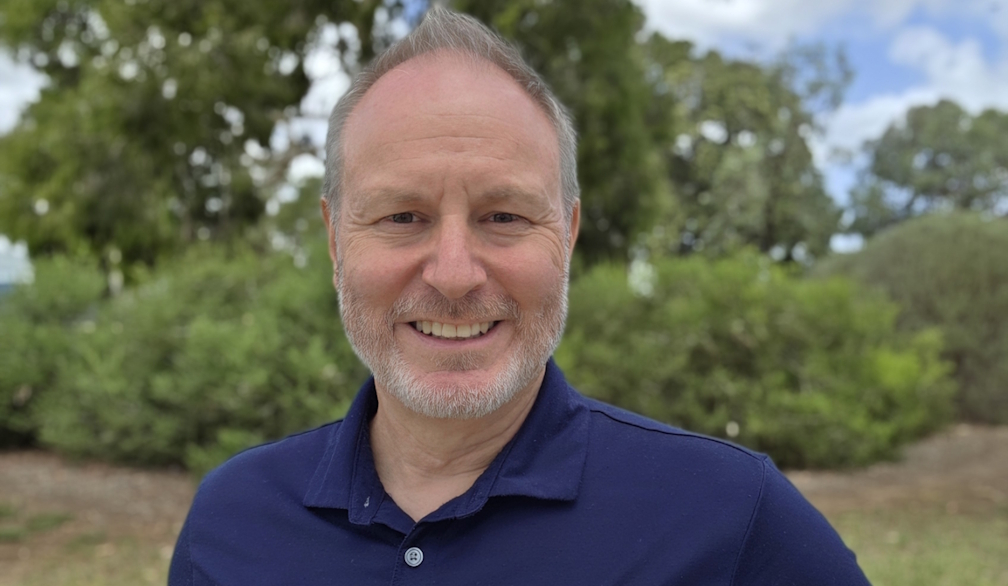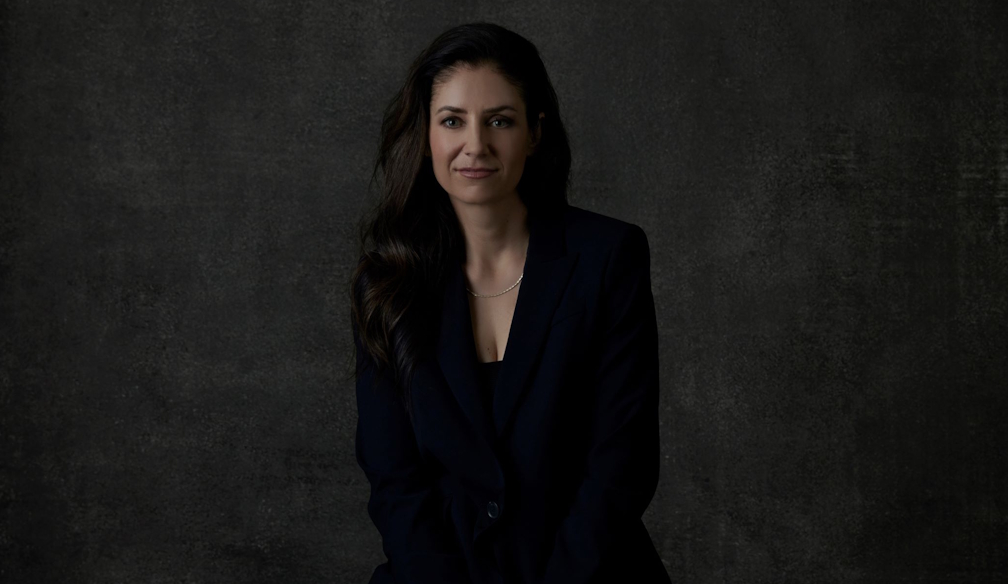How to Create a Retirement Income Plan That Lasts a Lifetime

Source: Freepik
Most people think of retirement as a finish line. But the truth is, retirement is less of a happily ever after and more of a carefully planned new chapter. Without the right strategy, those years can quickly become financially stressful.
That’s why creating a retirement plan that actually lasts a lifetime is essential and if you’re serious about making sure your savings don’t run out halfway through your plans. You’ll want to approach it with the same dedication you’d give to a big project at work. Here’s how to map out a plan that keeps you comfortable, secure, and free to enjoy life for decades to come.
Start With a Clear Picture of Your Ideal Retirement
Before you even think about numbers, ask yourself: What does my retirement actually look like?For some, it’s quiet mornings and afternoon golf games. For others, it’s traveling to every corner of the world, or maybe starting a small passion project that still brings in income. It could even be a mix of both.
Your lifestyle goals will determine everything, from how much you need to save to when you can realistically stop working. When picturing your future, be specific, consider both the exciting and the practical, and think long-term.
Know Your Retirement Number
Once you’ve got the vision, it’s time to get to the math. Your retirement number is the total amount you’ll need saved to sustain your desired lifestyle without running out of money. This number is influenced by your expected living expenses, the length of your retirement, inflation, and other factors.
A quick rule of thumb is the 4% rule. The idea is that you can withdraw 4% of your portfolio annually without depleting it too soon. But this isn’t a universal approach, so it’s best to work with a financial advisor, such as Asset Preservation, who understands your specific needs.
Build a Tax Strategy
Retirement income is not automatically tax-free. Depending on the type of account and the withdrawal strategy, you could owe significant taxes, which can quickly eat into your savings if you’re not prepared.
Some strategies to consider include contributing to Roth accounts (Roth IRA or Roth 401(k)), balancing withdrawals between taxable, tax-deferred, and tax-free accounts, and using tax-loss harvesting when possible.
Working with a tax-savvy financial planner can make a big difference here. They’ll help you structure withdrawals so you keep more of what you’ve earned.
Review and Adjust Regularly
Your retirement plan isn’t a “set it and forget it” document. It’s a living plan that should adapt as your life changes. Major life events, market shifts, and even changes in personal goals can mean your plan needs tweaking. Aim to review it at least annually with a trusted advisor.
If you’re in the East Valley area, connecting with a specialist in retirement planning in Chandler can give you an edge. They’ll not only guide you through the numbers but also help align your plan with local resources, laws, and lifestyle expectations.
Conclusion
Retirement isn’t the end. It’s a new beginning that demands just as much planning and intention as any major life project. By envisioning your ideal lifestyle, calculating your retirement number, building a smart tax strategy, and committing to regular reviews, you set the foundation for a future that’s both financially secure and personally fulfilling. The key is to treat retirement planning as an ongoing process, not a one-time task. With the right guidance and a clear strategy, you can turn your retirement years into a chapter defined by freedom, purpose, and peace of mind.









